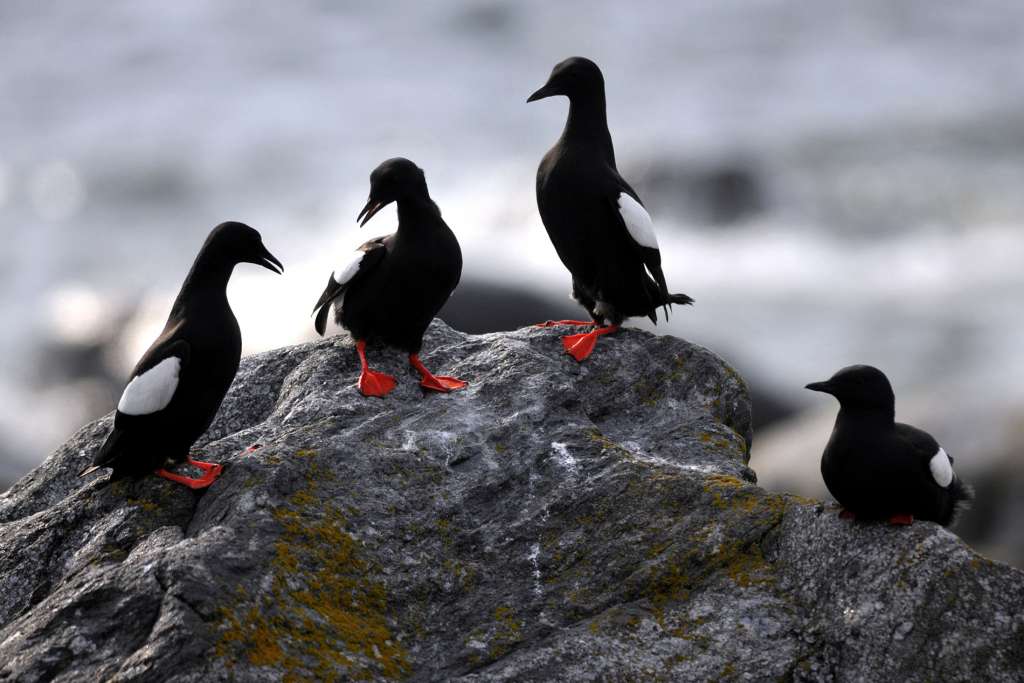
The charm of the archipelago nature
The land uplift constantly reveals new living space and the labyrinth of the 5,600 islands offers home for many different species of flora and fauna. Who does take over the new islets first, sea buckthorn or some bird? Read more below with stunning pictures!
Vegetation reveals the age of the land
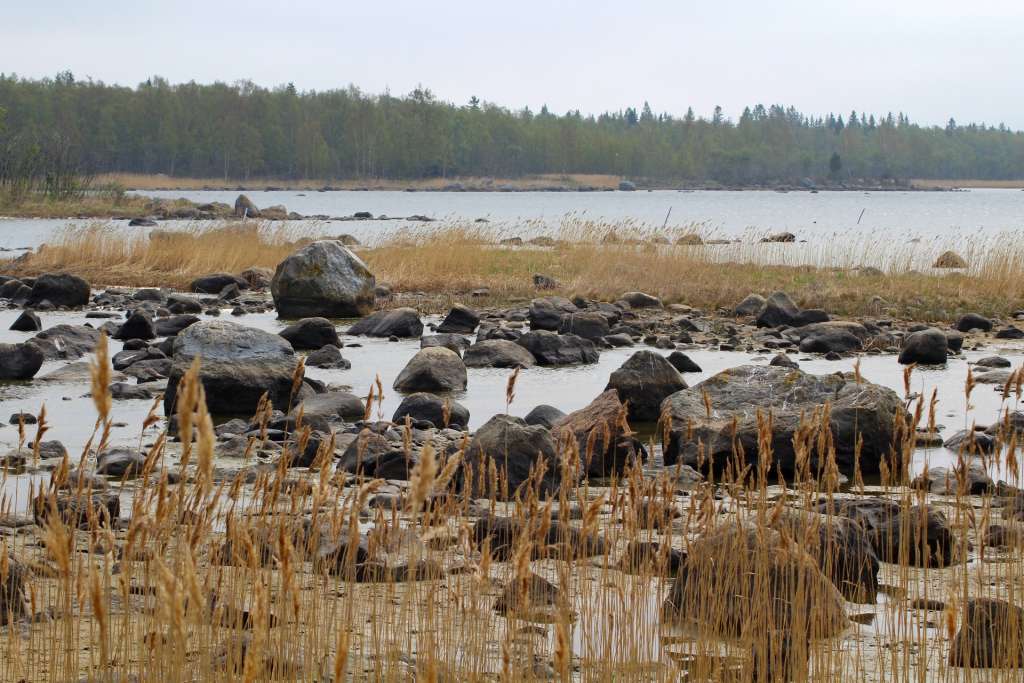
The vegetation follows the land rising from the sea, and you can explore the land uplift forests, or primary forests, almost anywhere in the World Heritage area. On the shorelines thrive sea buckthorn bushes, willows and alders. Further from the shore grow birches, rowans and aspens. When the land has been above the sea level long enough, spruces start to appear. This progression of the vegetation is also called succession, and different vegetation zones can be tens of metres wide.
The primary forests’ soil was exposed from underneath the sea floor about 1000 years ago. The name primary forest refers to the forests that are the first forests ever to grow on the land that has risen from the sea. The forest is primary forest until the first spruces have seeded and the second generation of spruces have started to grow. After that the forest becomes secondary growth forest. Most of the Finnish forest are secondary growth forest.
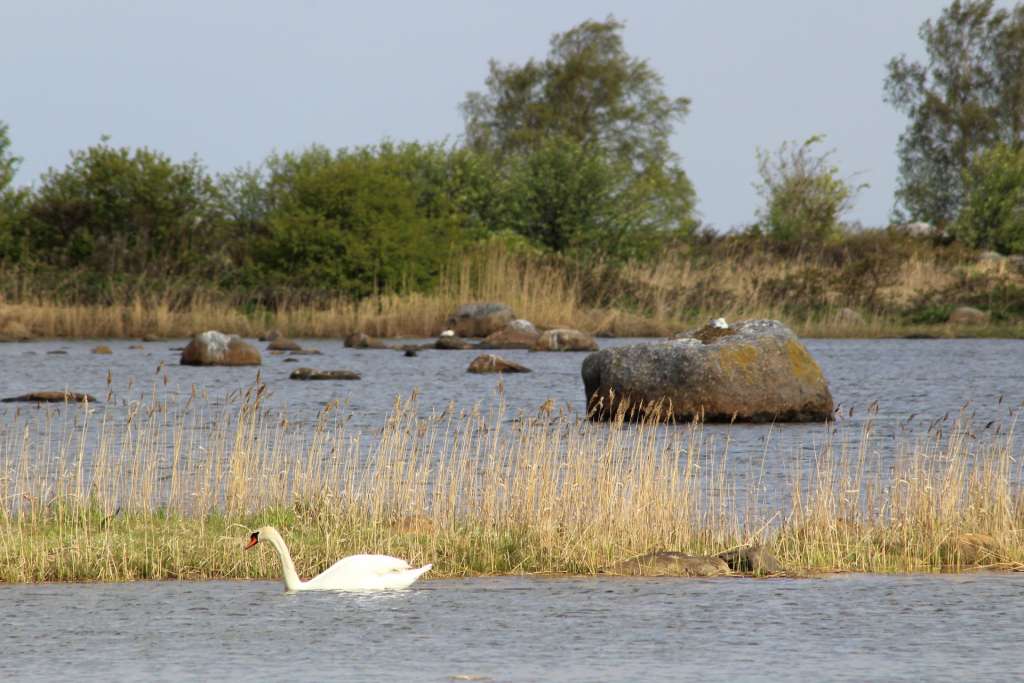
Beautiful but rough habitats
Windy and stony shores and islets are beautiful but rough habitats for plants. The first meadows on the shores have to tolerate saltwater, lack of nutrition, harsh winds and forces of the sea ice during the winter. Although the conditions improve when the land rises, the plants then have to compete for living space with bushes and trees. For example, sea buckthorn often loses the battle of living space to larger trees. That is why sea buckthorn thrives better near the shores than in the forests.
The lagoons of the Kvarken offer shelter and food
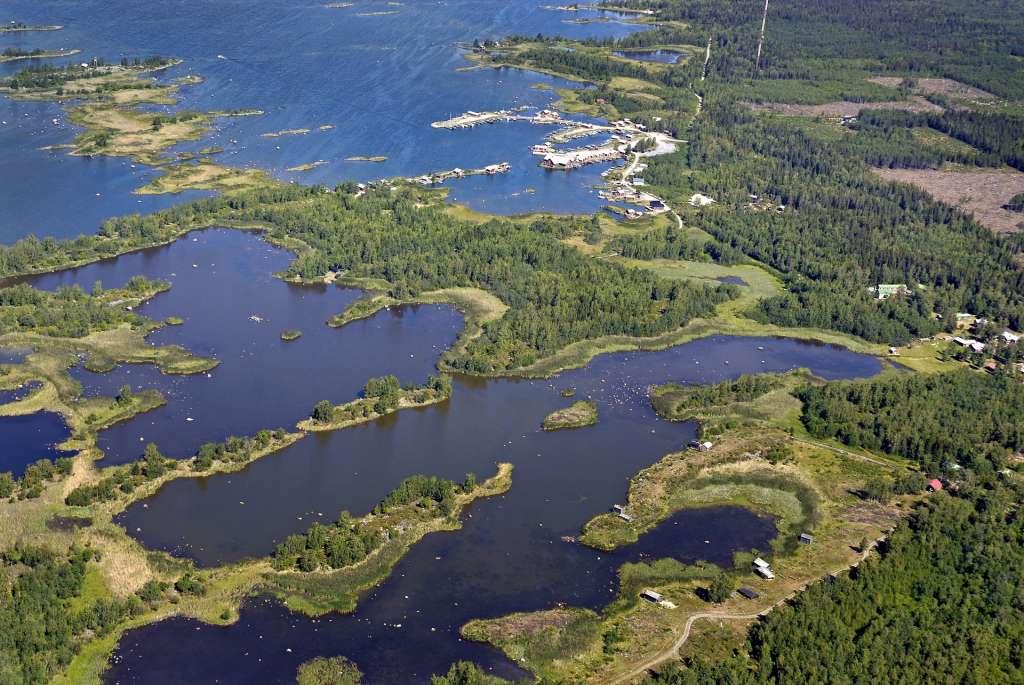
Flads and gloes are the unique lagoons of the Kvarken and they form chains of lakes characteristic for the archipelago. A flad is a partially closed off sea bay that is still connected to the sea but its water has already started to become fresh. A flad is followed by a glo, where the connection to the sea is nearly closed and sea water no longer enters the lake except when there is a strong wind or the water level is high. When the connection to the sea is completely closed, the glo turns into a glo-lake, that is an inland lake.
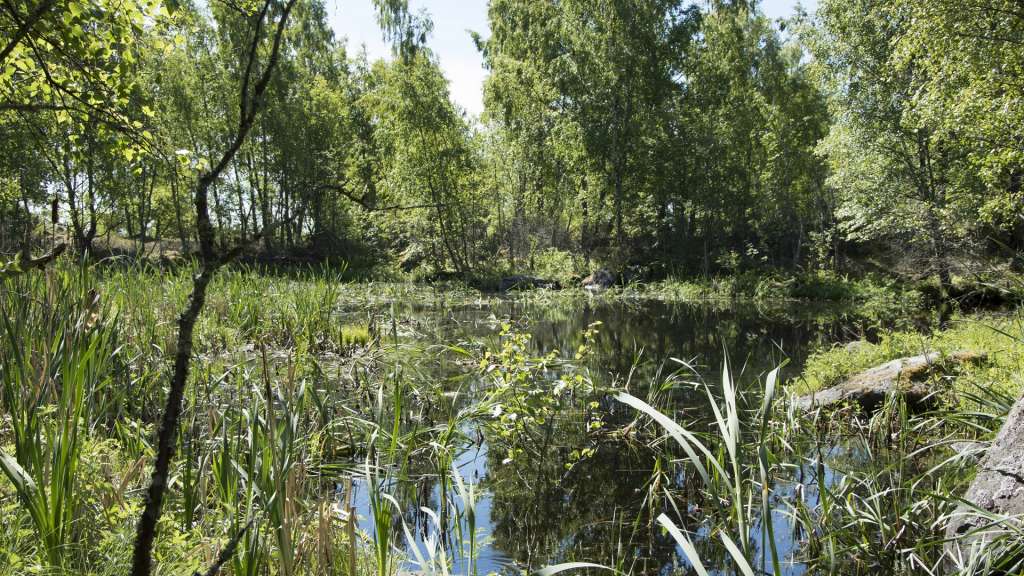
Flads and gloes offer shelter and plenty to eat for many animals. The archipelago’s climate is warmer than in the inland, which explains the nutrient-richness of the lagoons. The sun warms up quickly the bottom of the shallow lagoons, and plants, fish and plankton thrive in the warm water. For birds, the rich lagoons are like a buffet table.
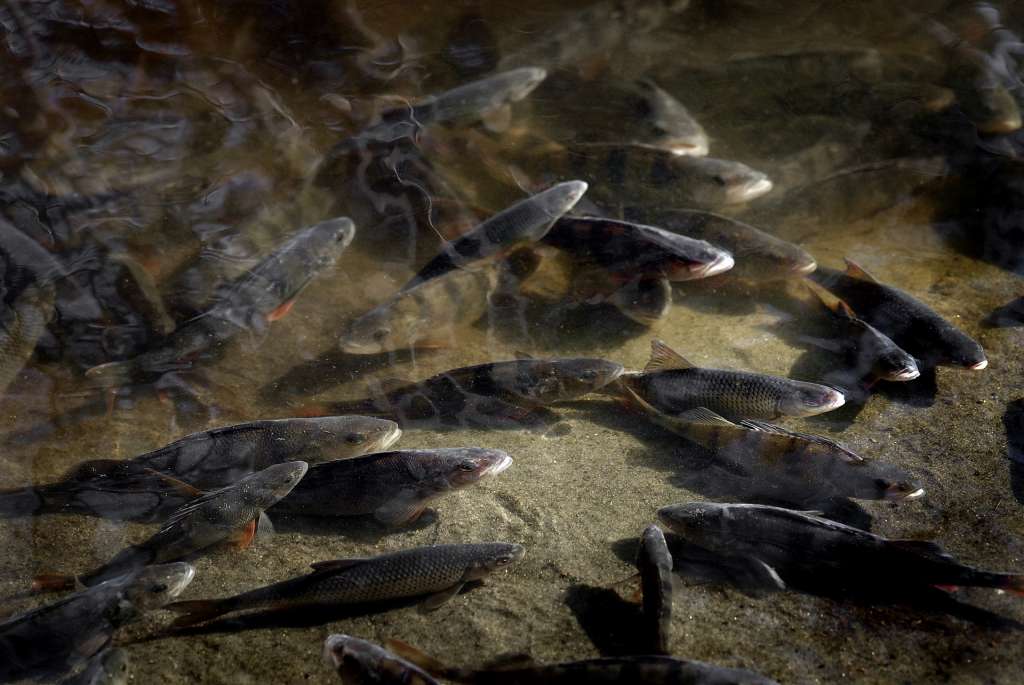
Flads and gloes are a very good home for the baby fish. The fish parents’ spawning run is a popular and fun attraction each spring. You can observe this spring spectacle along Bodvattnet nature trail in Björköby. For a few weeks the streams and brooks are buzzing, as first pike, then perch, and finally, roach rush towards the warm and safe waters. The spawning run is usually timed between mid-April and the early weeks of May.
Kingdom of the birds
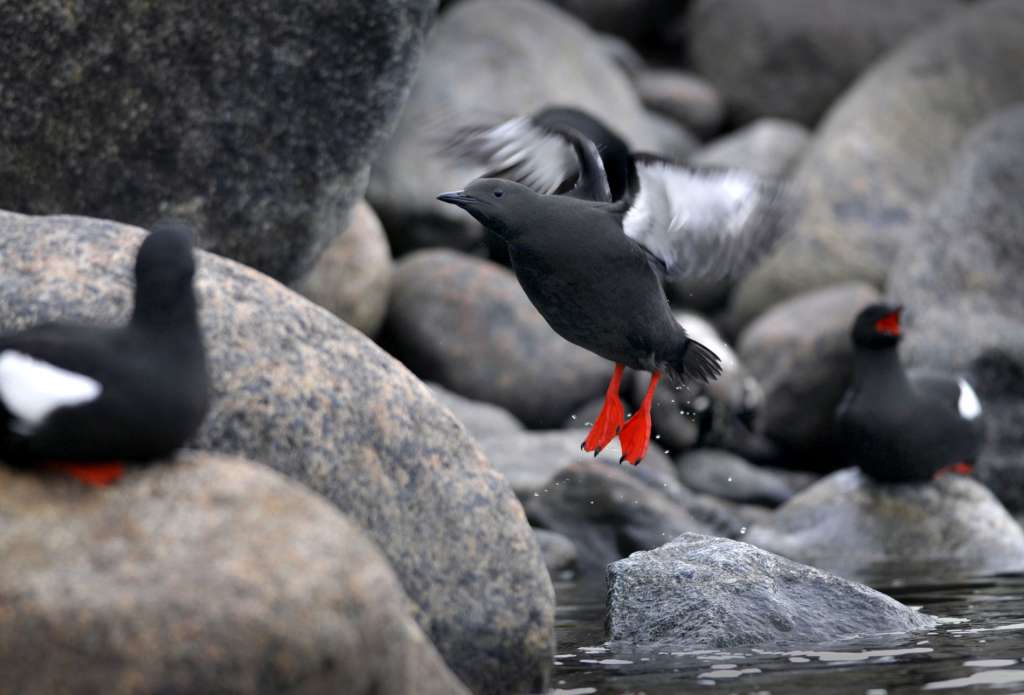
The soundscape of the Kvarken Archipelago only really quietens down for the winter. The area’s birdlife is abundant, rich and noisy. In the Kvarken, over three hundred different species of birds are encountered, of which about half breed in the area regularly. For the rest the archipelago is a resting area on their way to Sweden over the narrow Kvarken. It is no wonder that the Kvarken archipelago is a bird watchers’ paradise.
The Kvarken’s labyrinth of islands offers countless good breeding sites away from humans and predators. Many of the islands are located in a bird protection area and they are important breeding grounds for endangered species like the greater scaup. Another of the archipelago’s rarities is the white-backed woodpecker, which can be seen in the pristine spruce and aspen forests. Like the white-backed woodpecker, the asp forests are one of the archipelago’s specialties.
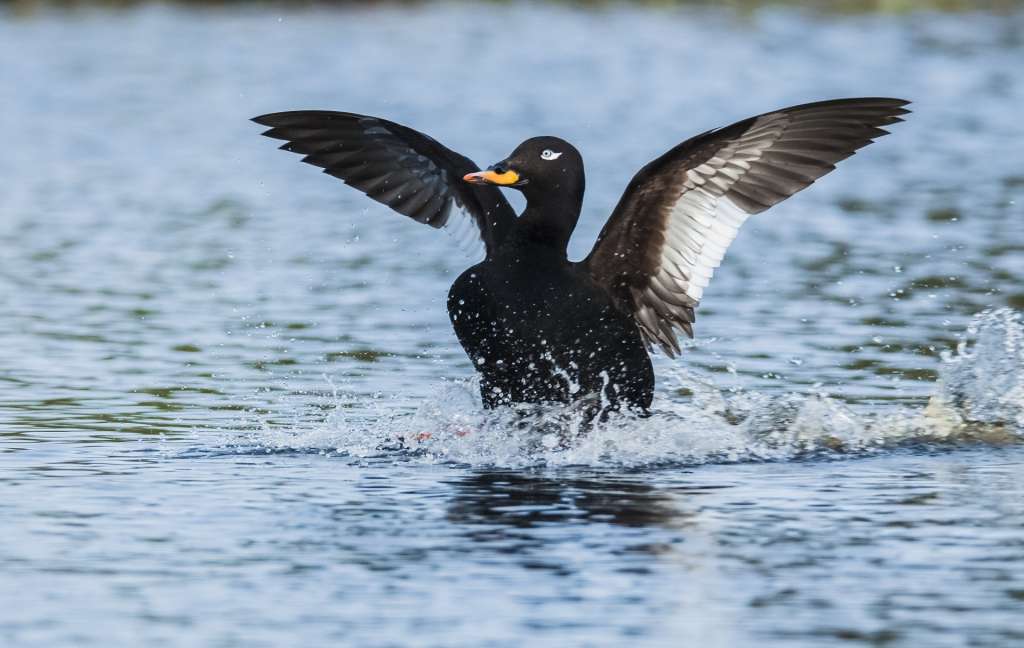
Among the more common and numerous inhabitants of the archipelago are various seagulls, ducks, swans, cranes and black guillemots. The white-tailed eagle rules the kingdom of the birds. The adult white-tailed eagles living near the sea stay year-round in their territory and the oldest eagles around these parts have been well over 20 years old.
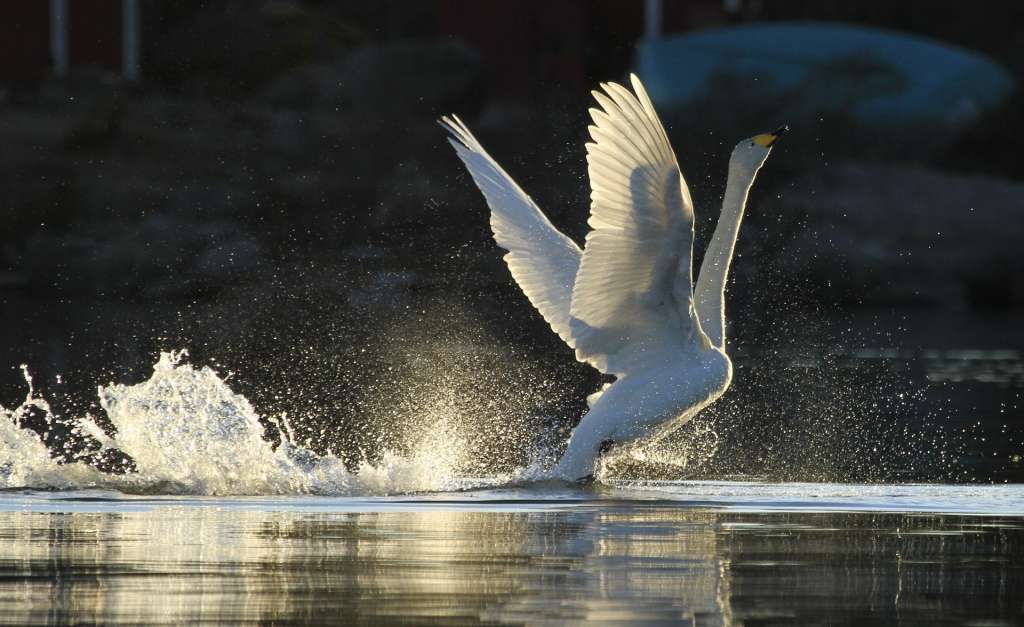
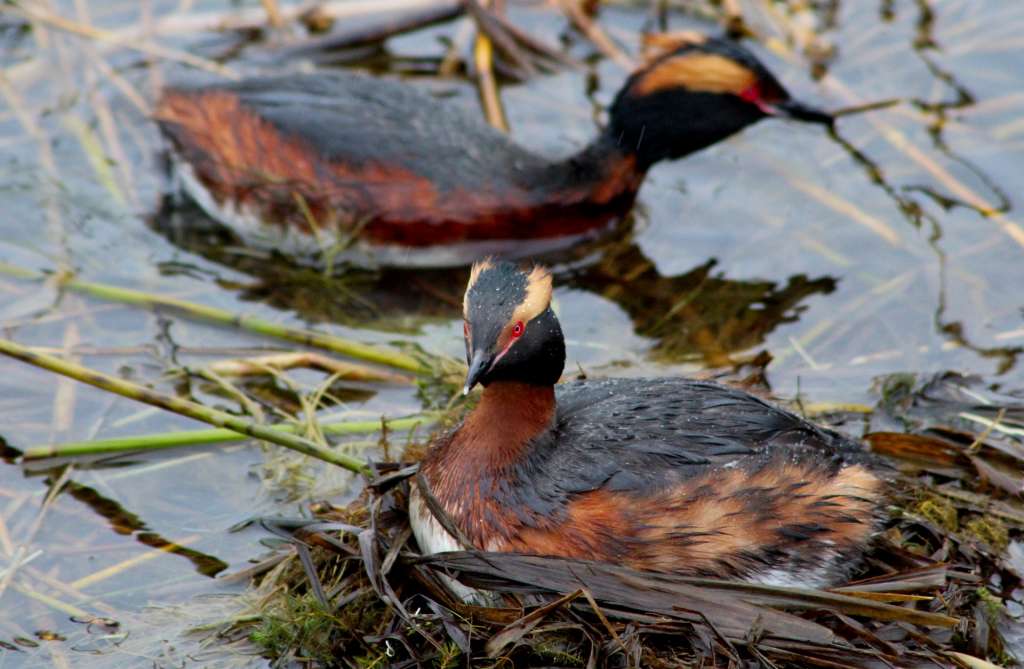
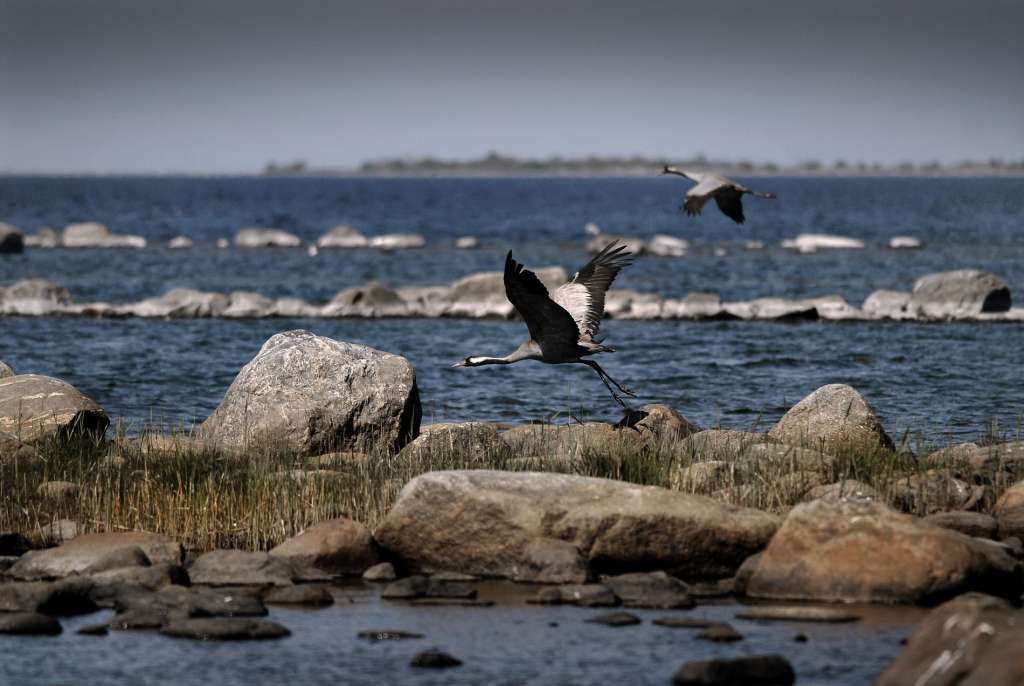
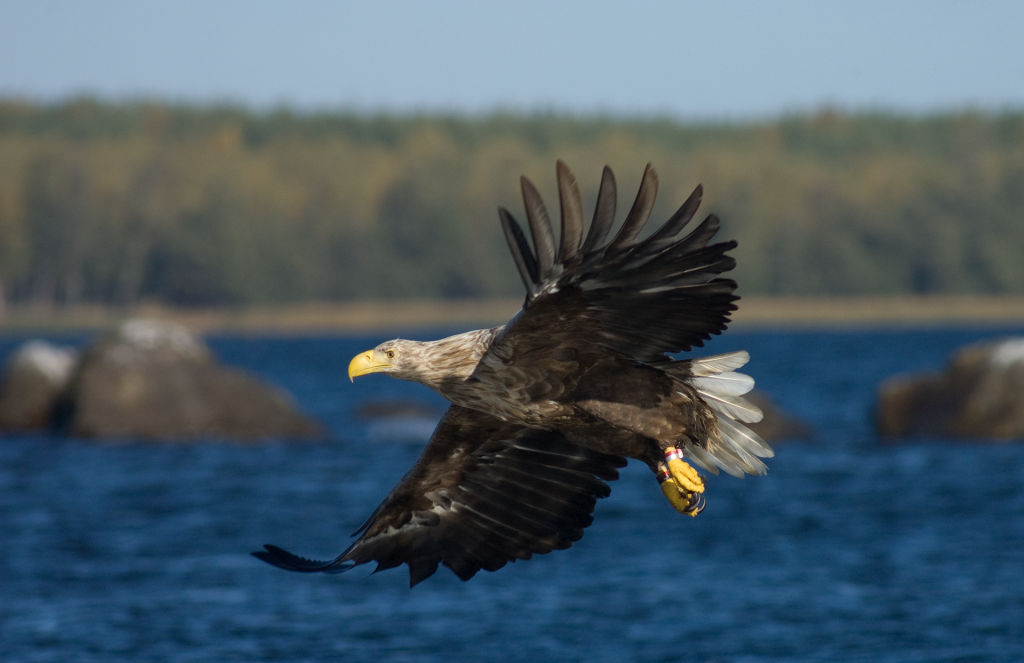
Not just the land uplift shapes the landscape
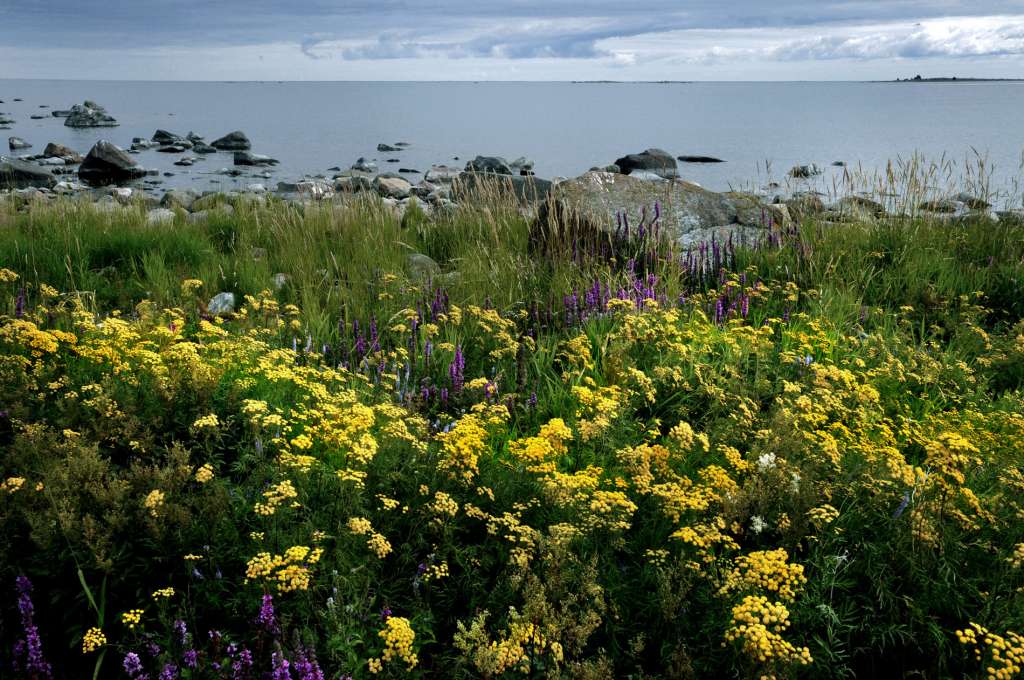
The habitats in the Kvarken vary from the meadows by the shorelines to the wet marshes and to the outer archipelago’s heathlands, which remind of Lapland’s scenery. The nature of the archipelago has also been shaped by grazing, mowing and winter fodder collection. For example, in the Sundom archipelago, the cows were taken out for summer to the outer archipelago, which meant long milking trips for the women.
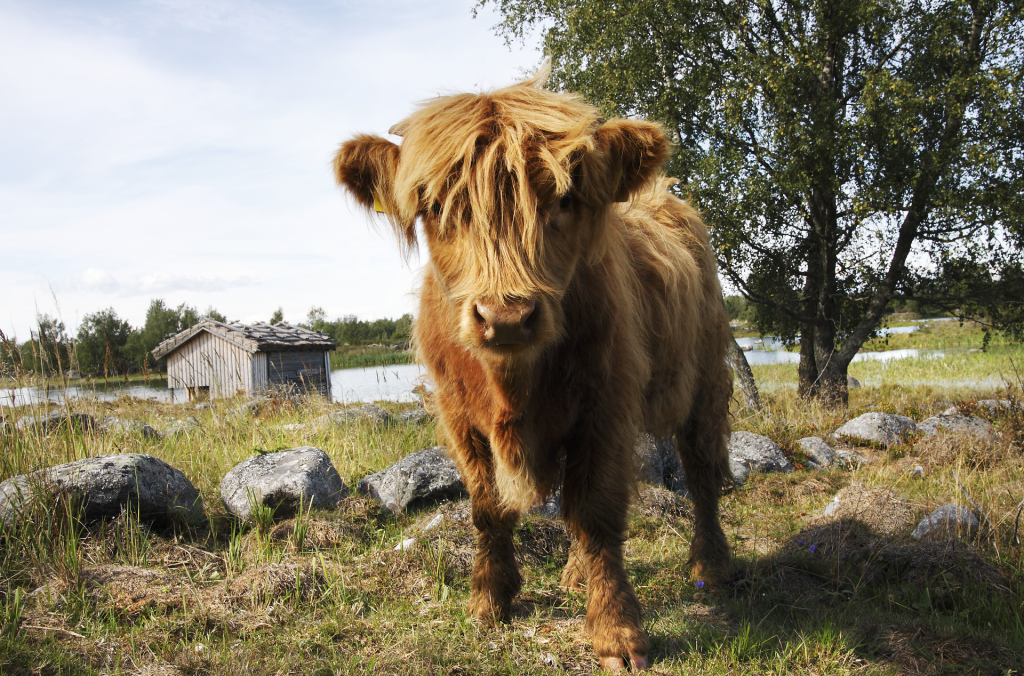
Nowadays you can see sheep summer grazing on the islands and Highland cattle taking care of the cultural landscape of Boback’s old harbour or. Along the Björkö-Panike hiking trail you can also find other clues telling about the archipelago’s livestock keeping culture through the ages. During summer, hay, reed and birch leaves were collected for cattle’s winter feed and stored in the hay barns. When winter came, it was possible to retrieve the feed over the sea ice from the hay barns by the shore. Today, the barns are far from the shore, of course thanks to the land uplift!

The first inhabitants of the Baltic Sea
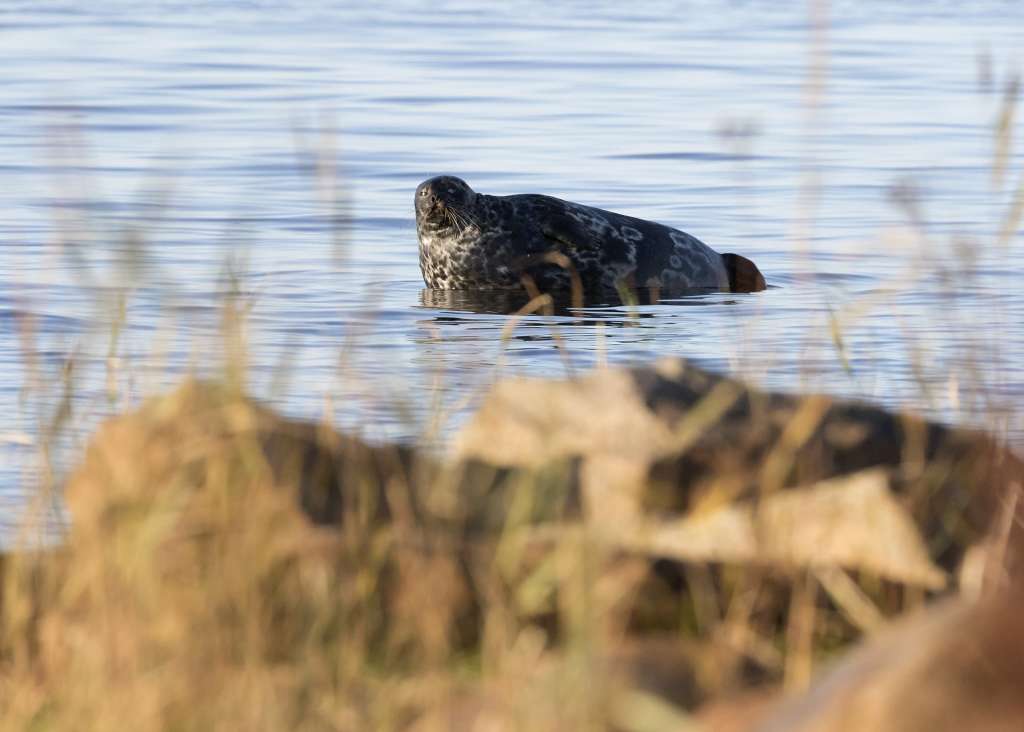
When the inland ice of the latest Ice Age melted, some saltwater species migrated to the Baltic Sea and some still live in the Kvarken. Examples of such glacial relics are a bottom-living member of crustaceans, Saduria entomon, the ancient four-horned sculpin and the Baltic ringed seal which is now an endangered seal species.
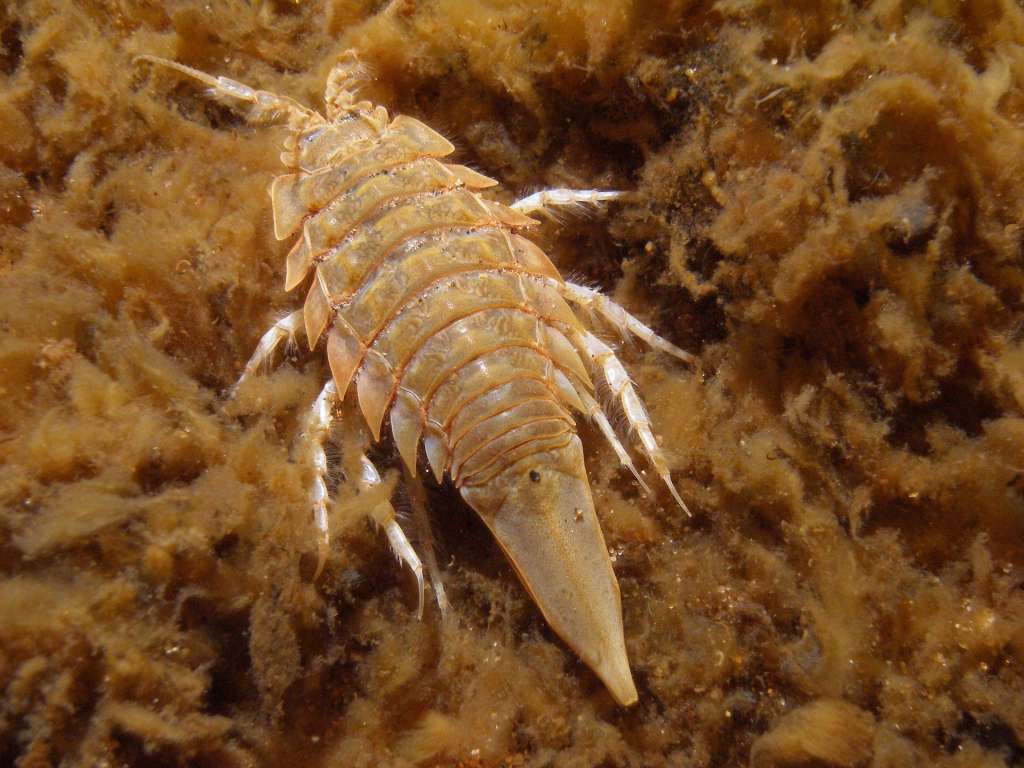
These species are a remnant of the time when the Baltic Sea was saltier and had a contact with the Atlantic. The species have adapted to the area’s brackish water, a mixture of freshwater and salty seawater. Due to the brackish water, the Baltic Sea is not particularly rich in species, and both saltwater and freshwater species have difficulty surviving here if they do not adapt.

